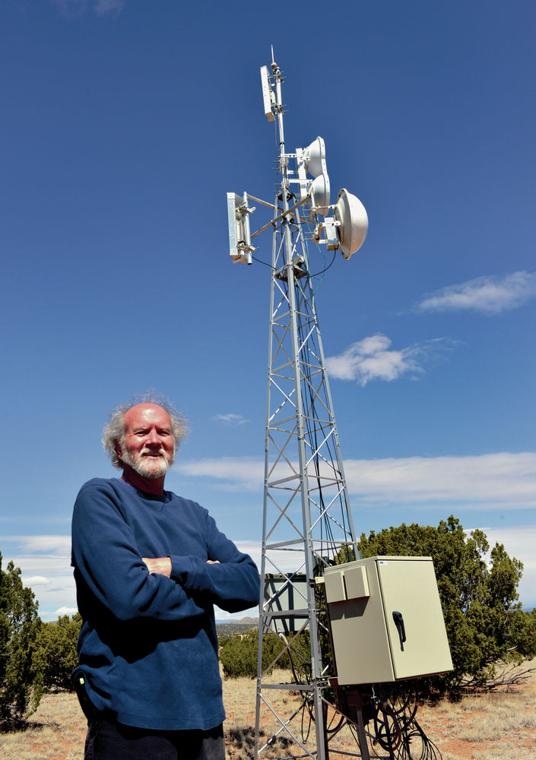
Alan Cozzens could sympathize when he read recently that Taos residents were complaining about paying $70 a month for Internet service that provides sluggish download speeds of 10 Megabits per second. But if you want to know what slow is, he said, drive an hour south to his home in the Pojoaque Valley, where the fastest service he can get is 3 Mbps — at a cost of $96 a month.

“It’s not the money,” Cozzens said. “It’s the principle of the matter. They’re taking advantage of us, and we have no remedy. None.”
By: Chris Quintana and Staci Matlock (Santa Fe New Mexican)
Click here to view source article.


